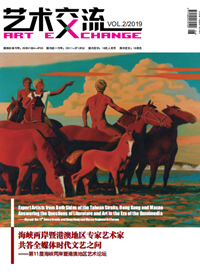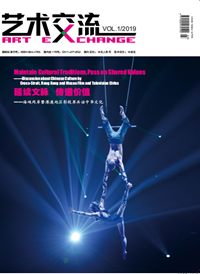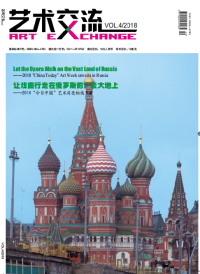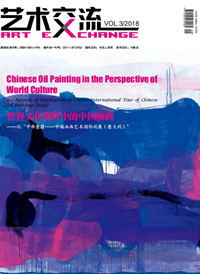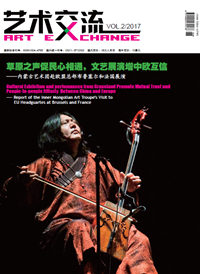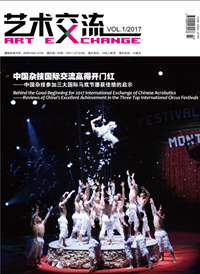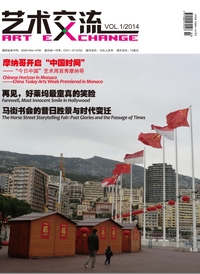
Like waterside village in South China, Lu County, in the hill of South Sichuan Province of China, is densely covered by ancient bridges built in Ming and Qing Dynasties. To viewers’ surprise, stone inscription of dragon appeared on many bridges, and people called them “Dragon Bridge”. To this day, there still exist 141 Dragon Bridges in the desolate fields and wilderness, which, like ancient blood vessels, links folk transportation passages. The great number and perfect preservation so far is a wonder in ancient bridge construction, which also constitutes the unique cultural compound of Dragon Bridges in Ming and Qing Dynasties in China.





In Lu County, the dragon inscription is invariably made on the bridge pier, and the date of manufacture could be sourced from the beginning of Ming Dynasty to the end of Qing Dynasty, which witnessed its prime time in the reigns of Kangxi, Qianlong and Jiaqing in Qing Dynasty (1661—1833). Mostly Dragon Bridges were built along the ancient passages approximately one bridge every 1.5 kilometers. The longest Dragon Bridge is in Shiyatan with the length of 100 meters while that of the shortest is only 1 meter. The maximum of dragon inscriptions on a single bridge is 6 while the minimum is 1. Most commonly, 83 bridges have two dragon inscriptions each. The popularity of Dragon Bridges is mostly attributed to local feverish worship towards dragon. Why did they worship dragon? The answer is that only dragon can keep flood under control.



Today’s Lu County has a length of 65 kilometers from south to north and a width of 60 kilometers from east to west. However, in such a small county of some 2000 square kilometers, there exist tombs of Song Dynasty in all its 19 villages. The 3rd National Survey of Cultural Relics showed that the unearthed tomb compounds of Song Dynasty totaled 160, and the tombs in the open air amounted to 500. With quantities of stone figures of warriors, blue dragons, white tigers, dancers and maidens, it is the densest tomb compound so far in China.


Compared with people in Tang Dynasty, people in Song Dynasty were full of philistinism of luxury and indulgence. They never ceased their pursuit of entertainment, banquet and tourism, and always spoiled themselves in drinking wine from one bar to another. Those vivid stone inscriptions in Song Dynasty are undoubtedly close-up portraits of life in Song Dynasty.


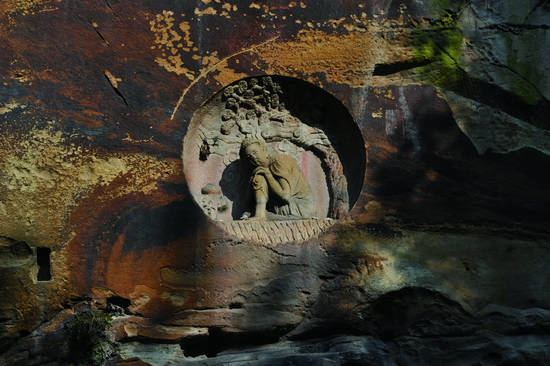
Only 1 kilometers away from the city proper of Lu County, Yuchan Hill has a history of 5 centuries, and the charm of Ming Dynasty still remains for appreciation. More than 400 Buddha were carved on the cliff of Jin’ao Peak of Yuchan Hill. An interesting phenomenon is that the facial expressions of those Buddha were no longer that of a northern Chinese. With arched eyebrows, almond eyes, little beard and proportional figure, those Buddha seem to be raised in South China. One can even feel that they are living people in the novels of Ming Dynasty instead of dignified Buddha. From Central China to Lu County, Buddha was completely changed into Chinese image.



In academic circles of China, it is commonly believed that art of stone inscription went downhill from Song Dynasty and thus there was hardly any stone inscription figure in Ming Dynasty. Moreover, located in remote mountains covered by old vines and weeds, Zhuanglang Grotto in Gansu Province and Yuchan Hill Grotto in Sichuan Province had been unknown to the world until recent years. The building of grotto in Sichuan was suspended due to constant warfare. Along with those artisans who had died of wars or migrated away, the unique stone inscription technique in Sichuan Grotto, with its hundreds of years’ history, disappeared in the history for good.



